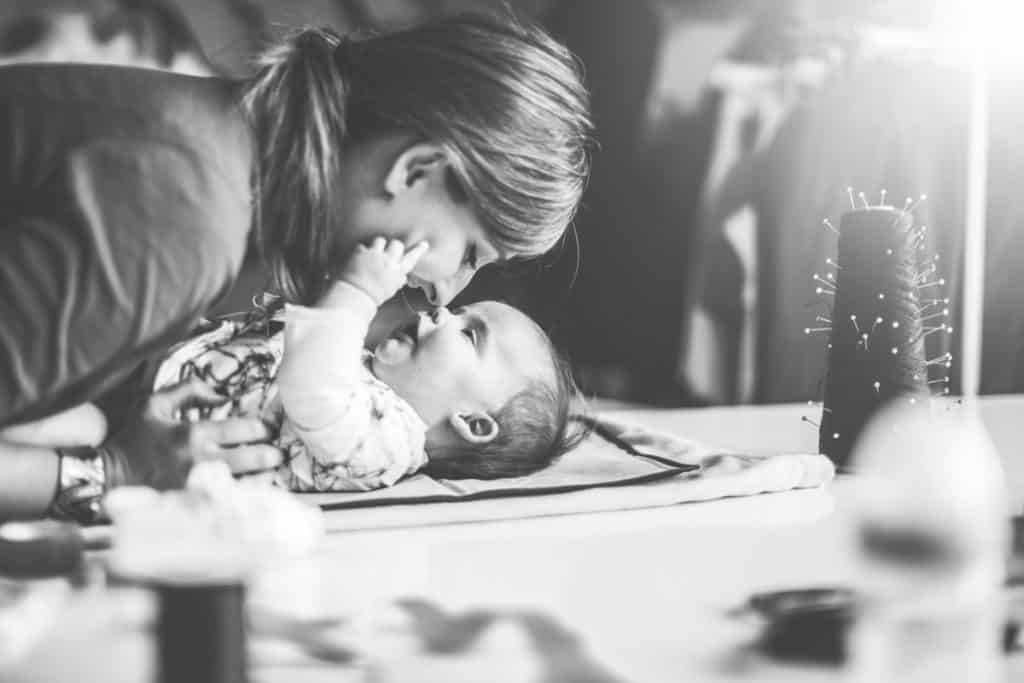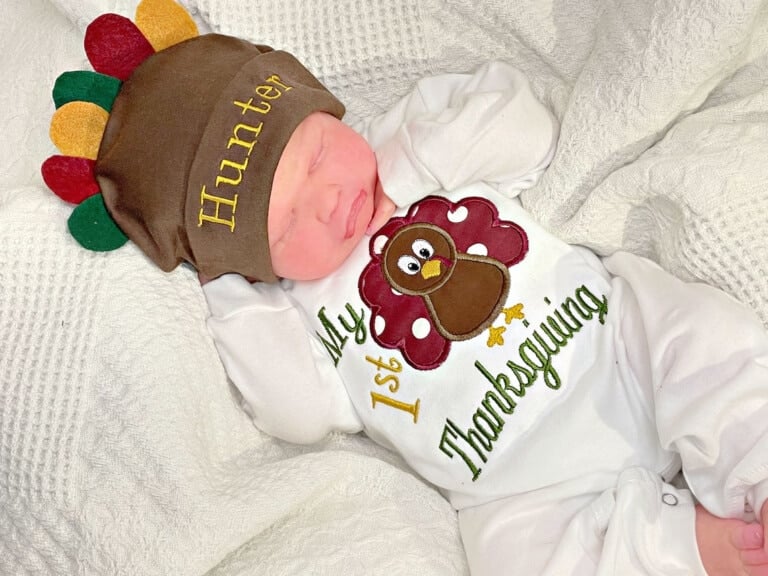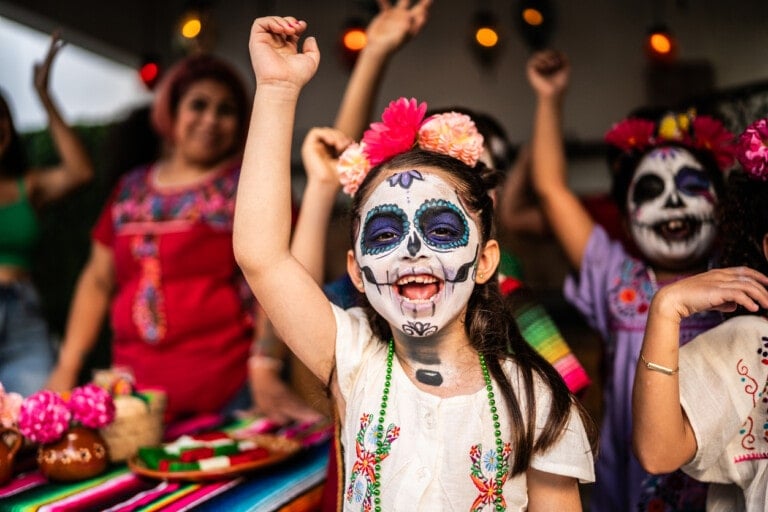I appreciate how convenient it is to run to Hallmark and pick out a greeting card for holidays like Mother’s Day, but I often feel it’s a little non-personal. Granted, there’s nothing wrong with sending a store-bought card with a Mother’s Day quote inside. But I like to think I can express my feelings and gratitude for my mom in my own words. I’m always a little disappointed as I flip through card after beautiful card. They are all written by someone else. How can they possibly understand the way I felt about MY mom?
My underwhelming card-buying experience got me thinking about what Mother’s Day means. I questioned what it meant to me as a daughter and mother. Do I want a Mother’s Day gift? Did I want flowers? A spa-in-a-box? A day off from diapers? Or did I want something else entirely? What would it mean if I spent the day away from the ball of fire that made me a mother? Does that make me a bad mom? As I’m rapidly questioning my very role, I also began wondering how Mother’s Day started in the first place. Surely, the founders of this holiday didn’t intend for it to become a commercialization of motherhood. Right?
Well, yes and no.
Ancient Origins
It turns out the ancient Greeks were pretty into moms. Well, one mom. THE mom. Rhea, the mother of gods (like Zeus, Demeter, Poseidon, among other badasses of Greek mythology.) She was celebrated prominently with a yearly festival revolving around fertility. So, while the celebration of a human mother may not have existed, it created a foundation for later recognition of mothers and motherhood.
Later, a special Sunday service was offered as Christianity spread through Europe and the UK. Parishioners were encouraged to return to their “mother church” for that day. Eventually, that Sunday celebration included a more secular element where children gave their mothers small tokens of appreciation.
The American celebration of motherhood didn’t start until the years before the Civil War, and not how one might expect. Ann Jarvis of West Virginia founded “Mother’s Day Work Clubs.” 1 These organizations were tasked with educating local women on caring for their children properly. Later, these same clubs, which had spread throughout the East Coast, were unifying agents for Confederate and Union soldiers, promoting friendship among veterans. This became known as “Mother’s Friendship Day.”
Later, a “Mother’s Day Proclamation” called for women to unite and promote world peace during the rising Feminist movement. Instead of celebrating one’s mother, this early incarnation of the day recognized mothers’ fundamental role, and perhaps job, everywhere. To lead, educate, encourage, support, and to love. That is an idea I can definitely get behind.
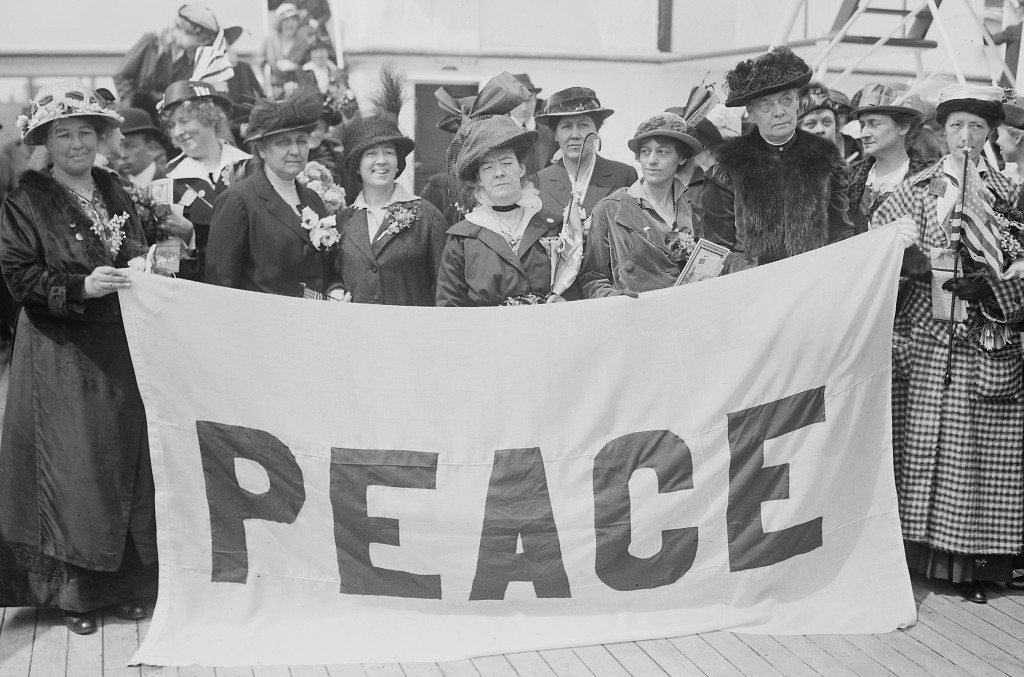
Modern Manifestation
In the ultimate show of gratitude, the daughter of Ann Jarvis, Anna Jarvis, set out in the early 1900s to honor her mother’s work.2 She established a day that revolved around moms and their daily sacrifices for their children.
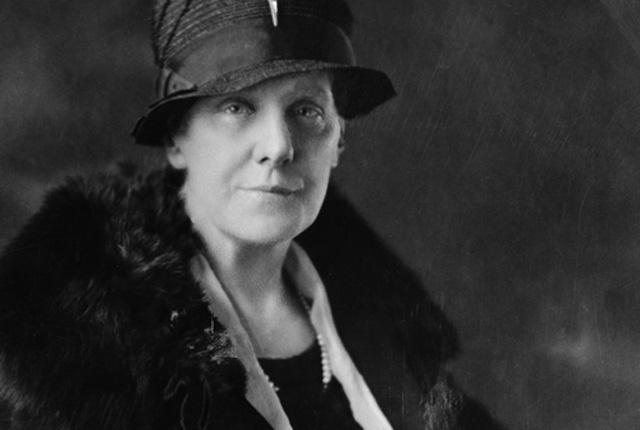
This is where the modern Mother’s Day was born. Coupling with Anna, John Wanamaker of Wanamaker’s department store in Philadelphia staged an event at his store on the same day Anna hosted an event at her Methodist church in West Virginia.3 I’m sure Mr. Wanamaker loved his mother dearly, but I also believe he saw the retail value of this holiday. Though, perhaps without the massive success of his event, Anna Jarvis wouldn’t have sought to add Mother’s Day to the official national calendar, which President Woodrow Wilson eventually added in 1914.4
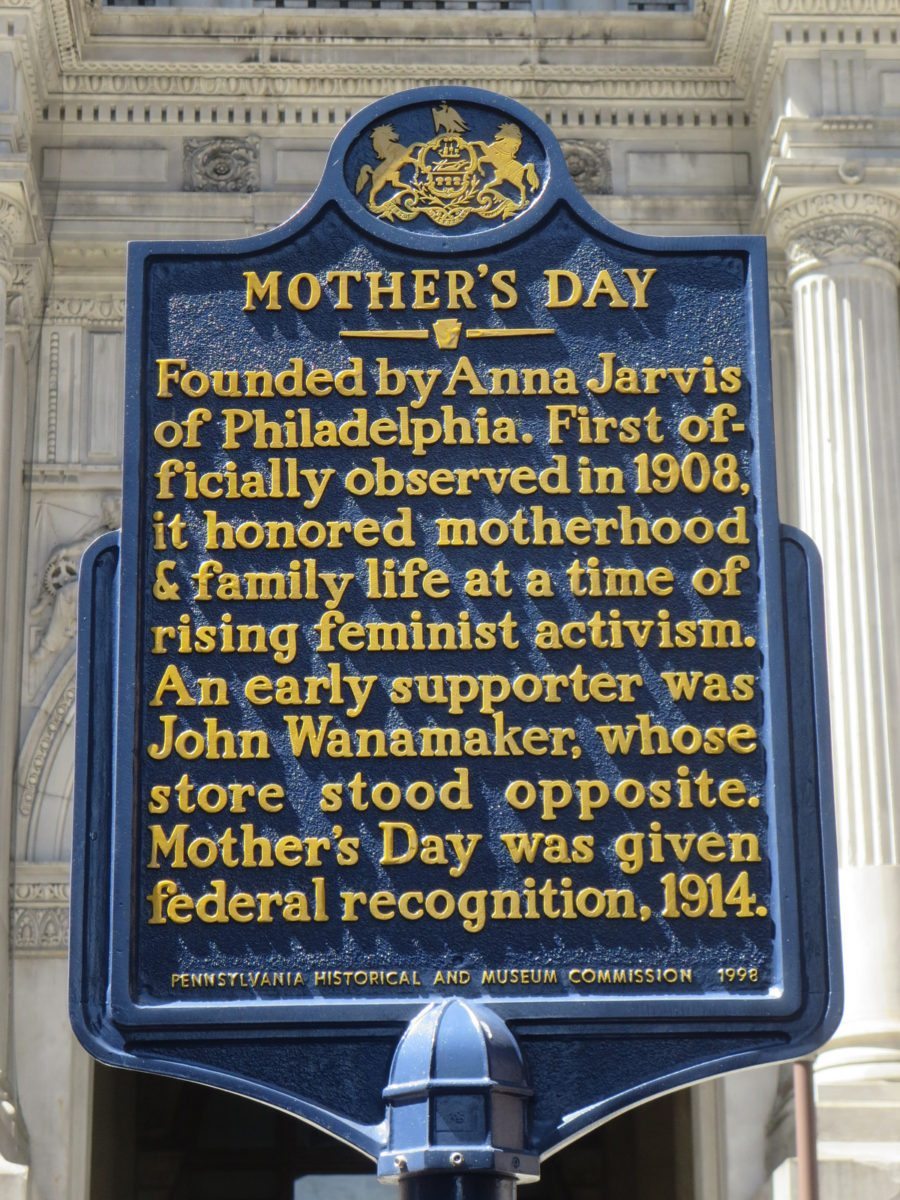
The sad ending to this story is that Anna Jarvis eventually saw how commercialized the holiday had become, which was a far cry from what she believed the day’s purpose was. While she supported the purchase of a white carnation to wear in respect of the day, she never intended for floral companies to take it so far. She spent the rest of her days trying to reform the holiday and even get it removed from the calendar.
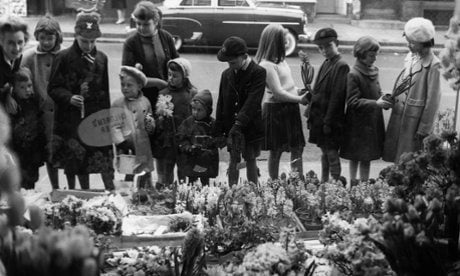
So, How Will I Celebrate Mother’s Day?
I have to confess, after researching about the holiday, I was feeling pretty guilty about sending my husband a list of things I “needed” for Mother’s Day. But then I reconsidered. There isn’t any reason I can’t celebrate motherhood in multiple ways. I know my husband wants to celebrate me and the job I do in helping raise our child (among other things). That’s okay because I appreciate the heck out of his gratitude. I, on the other hand, can celebrate in my own way.
Seeing how Ann Jarvis meant to create a day of action showcasing the important characteristics of motherhood, I plan to seek out ways to do the same. I have some ideas on how to do this and am looking forward to gathering with some mommy friends and intentionally celebrating motherhood through service.
I hope you’ve enjoyed learning a bit about the history of Mother’s Day and that you are completely showered with love on Sunday!













